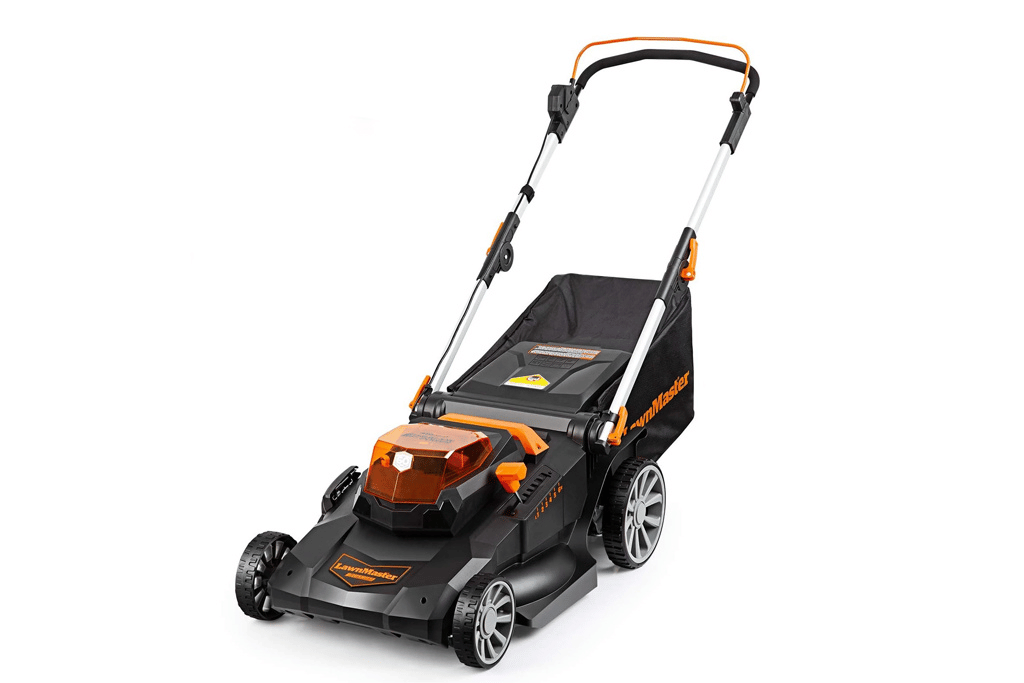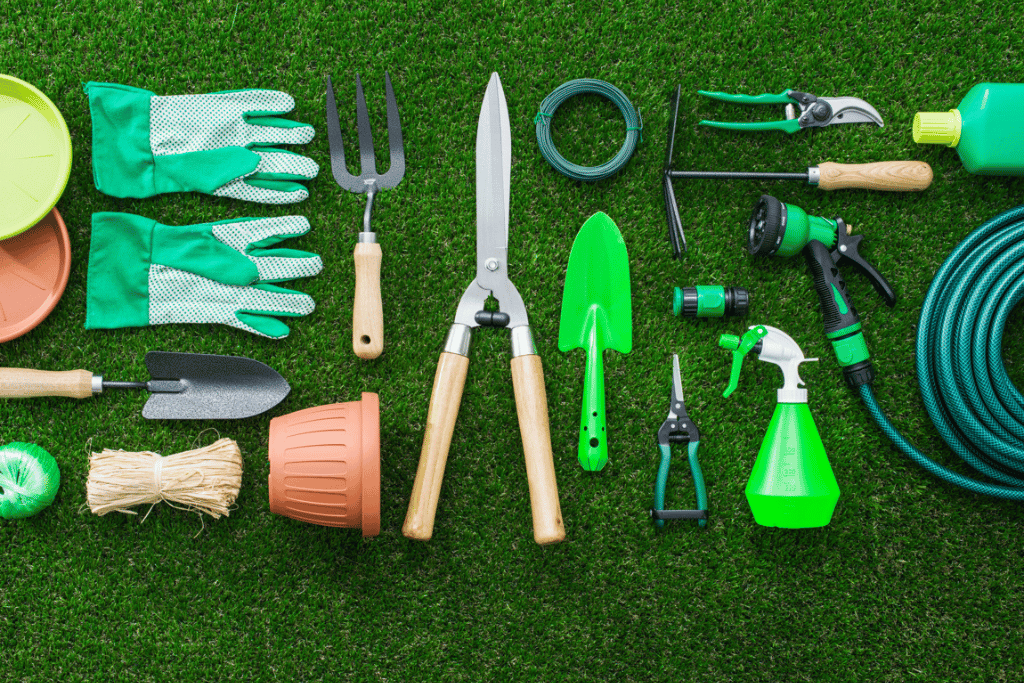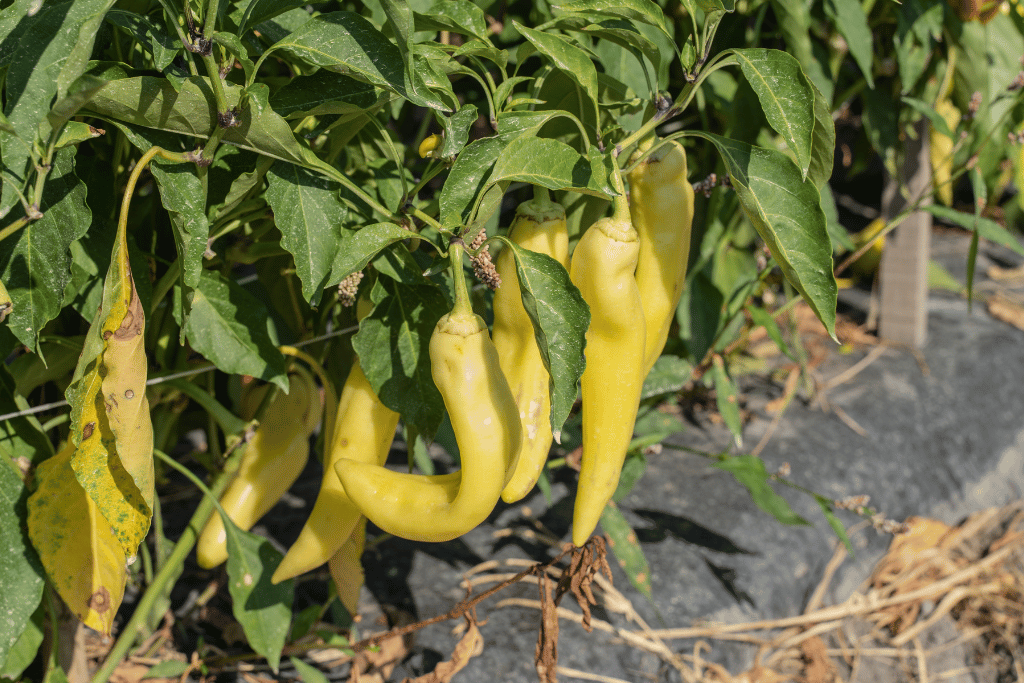
Banana peppers are versatile vegetables that can add a kick of flavor to any dish. With their mild to moderate spice levels, they’re a popular choice for people who want to turn up the heat a little without setting their taste buds on fire. Whether you prefer sweet or hot banana peppers, there’s nothing quite like biting into a perfectly ripe pepper that has been harvested at just the right time.
But how do you know when that time is? That’s the question many people find themselves asking when growing banana peppers for the first time. As someone who had my fair share of overripe and underripe banana peppers, I can attest to the importance of perfect timing when harvesting.
No stress; we’re about to cover everything you know about when to harvest banana peppers. From the visual cues to the best time of day to harvest, we’ll give you all the tools you need to confidently pick your peppers.
About Banana Peppers
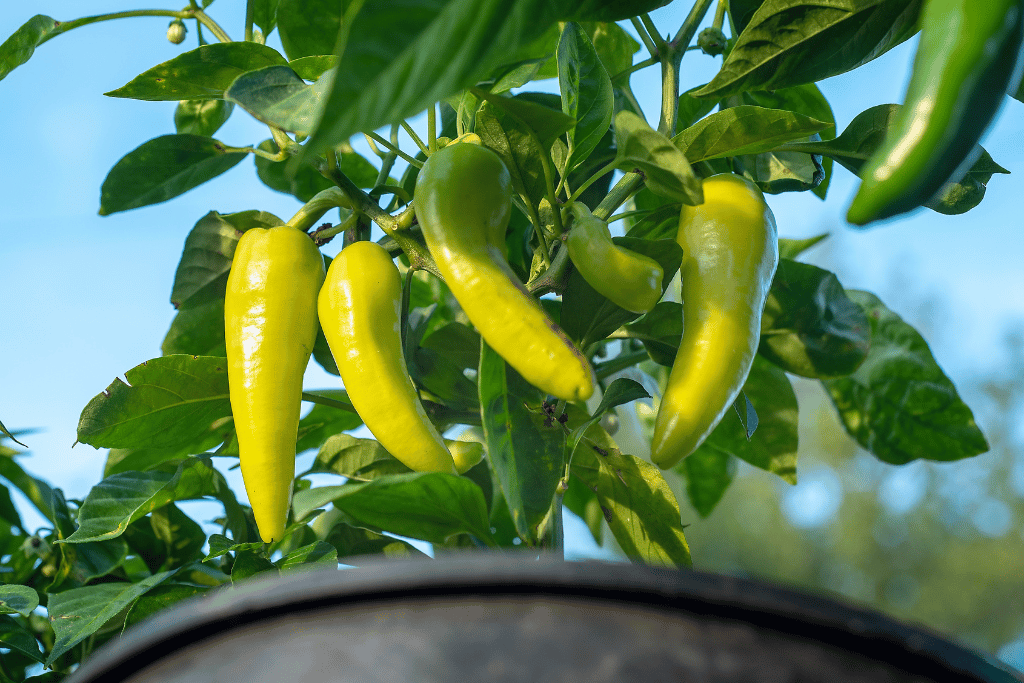
The banana pepper plant, also known as Capsicum annum, is a member of the nightshade family, which includes other plants like tomatoes, potatoes, and eggplants. It’s an annual plant which means it completes its lifecycle in one growing season.
The banana pepper can grow up to 3 feet tall and 2 feet wide. It has green leaves and produces small white flowers that eventually turn into the peppers we all love. These pepper can vary in size, ranging from 2 to 8 inches long, and are usually light green or yellow when they’re young and turn orange or red as they ripen.
The plant prefers warm temperatures and plenty of sunlight and can be grown in most types of soil as long as it’s well-draining. It’s a popular plant for home gardeners because it’s relatively easy to grow and produces a large yield of peppers throughout the growing season.
When it comes to harvesting the peppers, it’s best to wait until they are fully ripe to get the most flavor out of them. You can pick them off the plant by hand or use a pair of garden shears to cut them off the stem.
Lifecycle of Banana Peppers
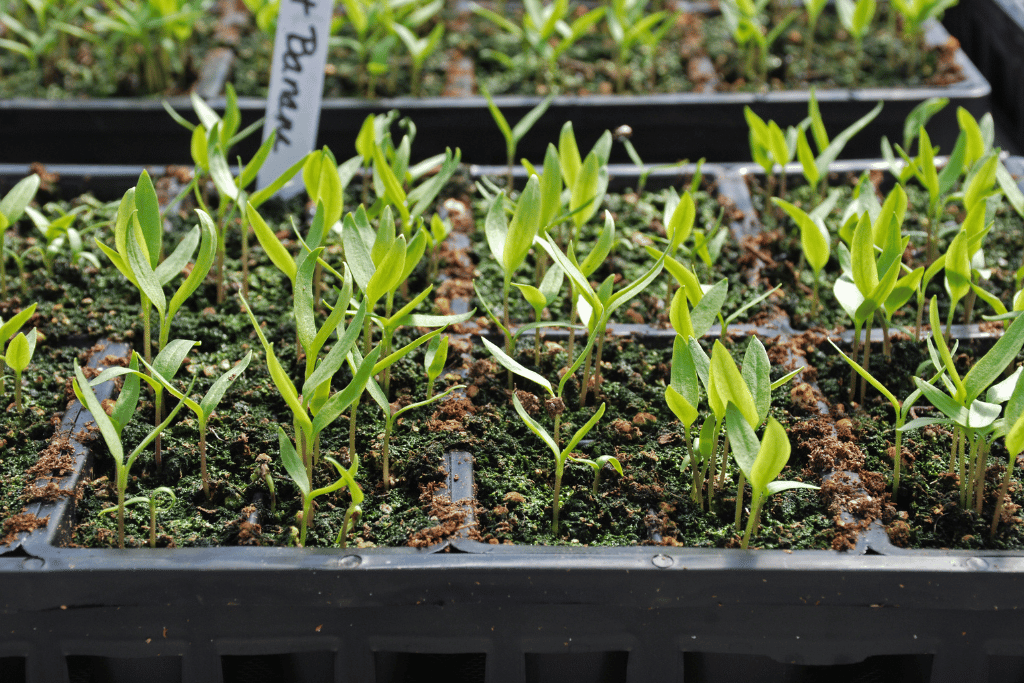
Before diving into the details about when to harvest banana peppers, it’s vital to understand their lifecycle so you know what to expect before harvest time.
Seed Stage
The start of the banana pepper’s life is from the seed. The seeds are usually small and brown in color. When planted, they need warm soil temperatıures and moisture to germinate. Once the seed has sprouted, it starts to form roots, stems, and leaves.
Vegetative Stage
In the vegetative stage, the plant grows rapidly, producing more leaves and stems. The plant needs plenty of water, sunlight, and nutrients to thrive during this stage. It’s important to fertilize the plant during this stage to ensure it has everything it needs to produce a healthy crop.
Flowering Stage
After the vegetative stage, the banana pepper plant enters the flowering stage. Small white star-shaped flowers begin to bloom on the plant, and they will eventually become peppers. At this stage, giving the plant consistent water and sunlight is crucial to encourage healthy flower growth.
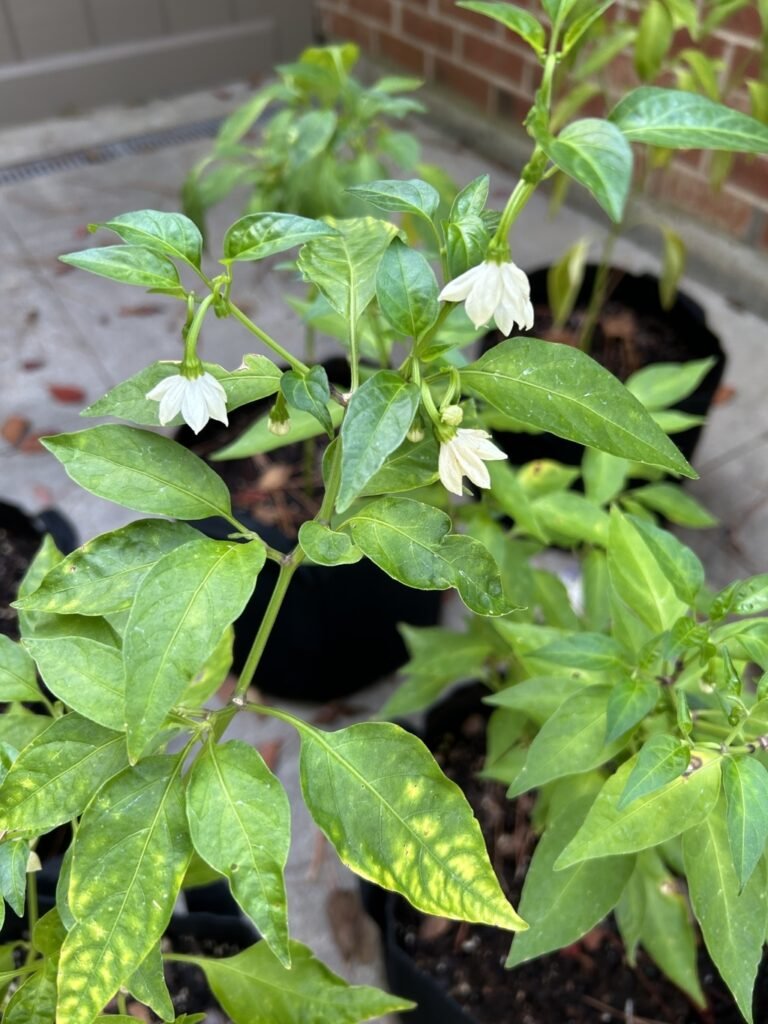
Fruiting Stage
After flowering, the banana peppers start the fruiting stage. This is where the pepper starts to grow and develop. They begin as small green peppers and gradually grow in size, changing colors as they ripen. Maintaining proper care during this stage will ensure the peppers grow to their full size.
Harvesting Stage
Finally, the plant reaches the harvesting stage. This is when the peppers are ripe and ready to be picked. As you will find later in this article, waiting until the peppers have turned their desired color before harvesting them is important.
After harvesting, the plant will eventually die off, completing its lifecycle. However, ıf you’ve saved some of the seeds from your harvest; you can plant them and start the lifecycle all over again.
When to Harvest Sweet Banana Peppers
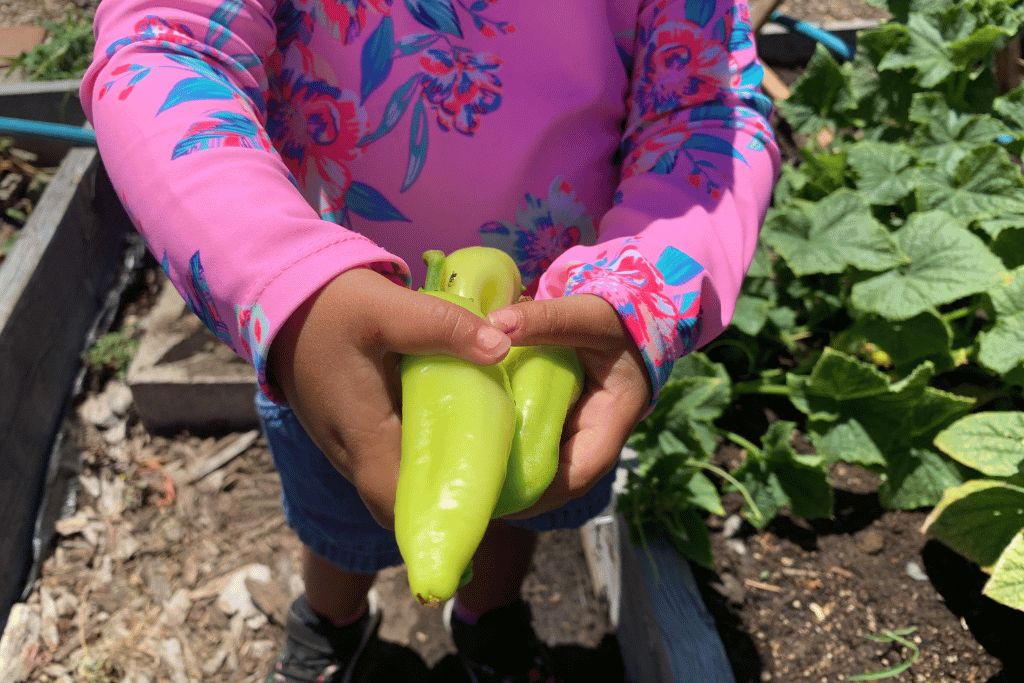
Now let’s dive into the world of harvesting sweet banana peppers. These peppers are known for their mild spice level and are perfect for those who want to add a little flavor to their meals without the overwhelming when to pick cayenne peppers. So when should you harvest these tasty veggies?
First of all, it’s important to understand the characteristic of ripe sweet banana peppers. When fully mature, sweet banana peppers will be a bright yellow color and have a length of about six inches. They should have a firm texture and a slightly glossy appearance.
One clear indicator that a sweet banana pepper is ready for harvest is when it begins to curve downwards. This is a telltale sign that the pepper has reached its full maturity and is ready to be picked. Additionally, you’ll want to watch for any signs of wrinkles or blemishes on the pepper’s skin, as this can indicate that the pepper is past its time.
So what is the best time of day to harvest sweet banana peppers? It’s recommended that you do so early in the morning when the temperatures are still cool. This will ensure that the peppers are at their freshest and won’t be exposed to the heat of the day for an extended period of time.
It also makes for a refreshing start to your day- nothing beats the feeling of plucking ripe veggies from your garden in the morning!
After picking your sweet banana peppers, storing them properly is crucial to ensure they last as long as possible. One tip is to store them in a plastic bag with a damp paper towel to keep them hydrated. You can also store them in the refrigerator to extend their shelf life.
When to Harvest Hot Banana Peppers
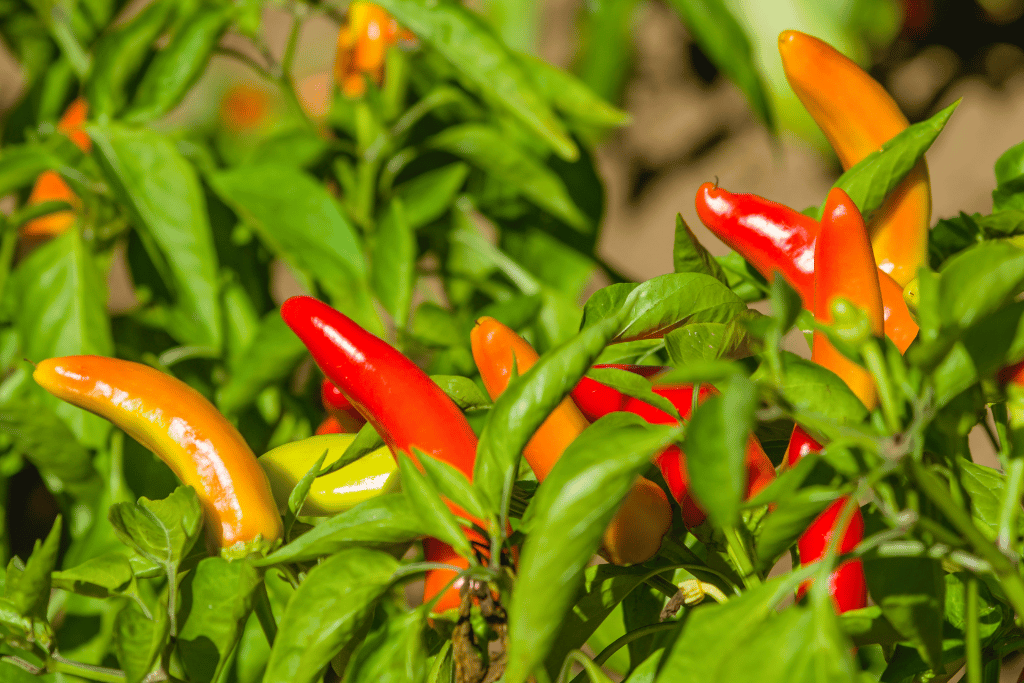
If you’re a fan of spicy food, then hot banana peppers are a must-have in your garden. These peppers pack a punch and can be used for a variety of dishes to add a little heat. So what’s the best time to harvest them? Let’s take a closer look.
To start with, it’s important to have a grip on the differences between hot and sweet banana peppers. The hot banana pepper is a bit smaller in size and has a tapered end. They also have a slightly wrinkled appearance and a bright red or green color when fully matured. On the flip side, sweet banana peppers are longer in length and have a more uniform shape, with a bright yellow color when ripe.
When it comes to harvesting hot banana peppers, you’ll want to look for the same characteristics as sweet banana peppers, but with a few key differences. Ripe hot banana peppers will have a deep vibrant color with no trace of green remaining. The skin may be slightly glossy, indicating that the pepper has matured. On top of that, hot banana peppers tend to have thicker skin than sweet banana peppers, which can make them more durable and easier to store.
One sign that hot banana peppers are ready to harvest is when they begin to droop slightly. This means the pepper has ripened and is ready to pick. You’ll also want to check for any signs of discoloration or mold on the skin, as this can be a sign that the pepper has passed its prime.
Regarding the best time of day to harvest hot banana peppers, the same rule applies to sweet banana peppers- early in the morning when the temperatures are still cool. This ensures that the peppers are at their freshest and are not basking in the hot sun for too long.
Storing hot banana peppers is the same as sweet banana peppers, so you can keep them in a paper or plastic bag in the refrigerator or even freeze them to extend their shelf life.
Tips for Harvesting Banana Peppers
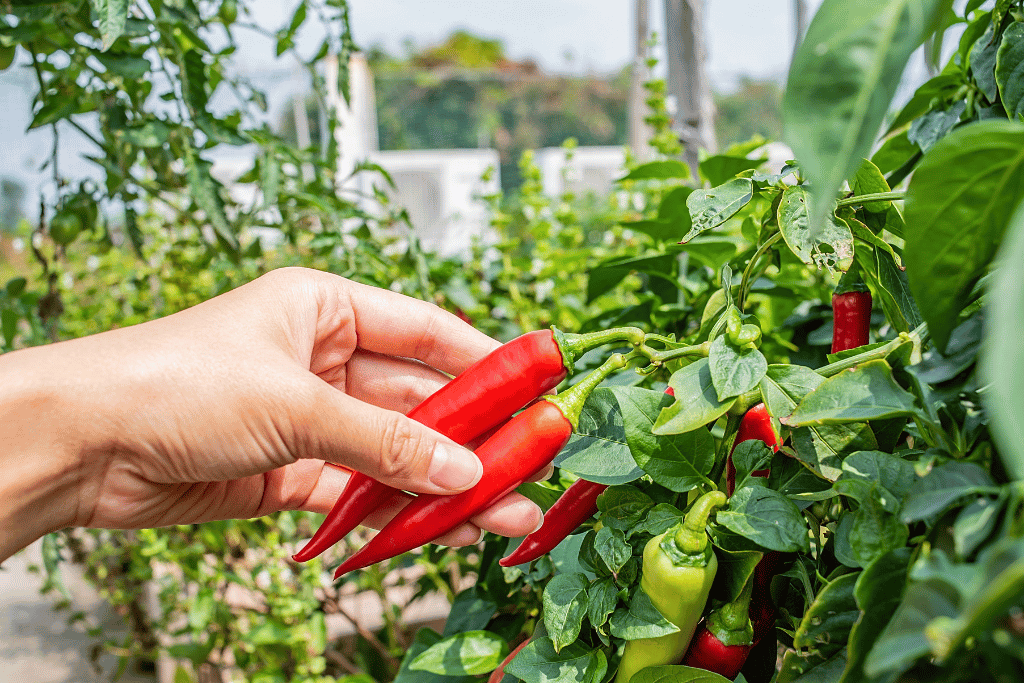
Harvesting banana peppers can be a fun and rewarding task, but it’s important to do it correctly to avoid damaging your plants. Here are some tips to help you harvest your banana peppers like a pro:
First, make sure you have the right tools for the job. You’ll need a sharp pair of scissors or pruning shears to cut the peppers from the plant. It’s also a good idea to wear gloves to protect your hands from any hot pepper oils.
When it comes to the proper technique for harvesting banana peppers, it’s important to use a gentle touch. Use your scissors or pruning shears to cut the pepper stem near the base of the fruit, making sure not to damage the plant or any neighboring peppers. Try to avoid twisting or pulling the peppers off the plant, as this can cause damage to the stems and potentially wound the plant.
Take precautions when harvesting banana peppers; as mentioned earlier, wearing gloves can protect your hands from the potential irritation caused by the oils in the peppers. Additionally, try not to touch your eyes or face while handling hot peppers; this can cause a painful and uncomfortable burning sensation.
If you’re harvesting a large number of peppers, it’s a good idea to space out your harvests to avoid overwhelming your plants. By harvesting a few peppers at a time, you can encourage your plant to continue producing throughout the growing season.
Uses for Banana Peppers
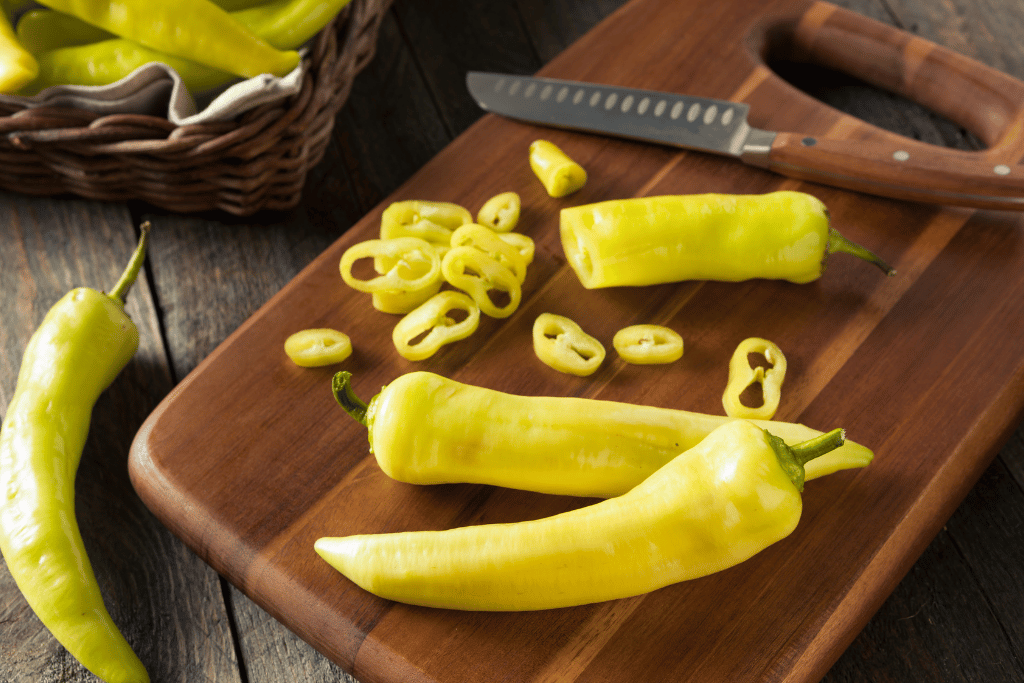
Whether you’ve harvested a huge batch of banana peppers or just a handful, you might be wondering what to do with them.
Here are a few ideas on how to make use of your prized peppers:
- Culinary uses: Banana peppers are often used in the kitchen due to their mild, slightly sweet flavor. They can be pickled, roasted, grilled, or sauteed and used in a wide variety of dishes. They are often used in Mexican and İtalian cuisine and are popular toppings for pizza and sandwiches.
- Snacking: Banana peppers can be eaten raw as a snack, either on their own or with a dip. They are a great low-calorie snack option and are packed with vitamins and minerals.
- Health benefits: Banana peppers are a good vitamin C source, essential for maintaining a healthy immune system. They also contain vitamin B6, potassium, and dietary fiber.
- Decoration: Banana peppers can be used as a decorative garnish for dishes. Their bright yellow color adds a splash of color to any dish, and their unique shape adds visual interest.
- Preserving: Banana peppers can be pickled or canned, allowing you to enjoy them year-round. This is a great option for those who have an abundance of peppers and want to preserve them for later use.
Spice up your Harvest: Knowing When to Pick those Saucy Banana Peppers
To sum up, you want to ensure those bad boys are ripe and ready to be plucked. You don’t want to jump the gun and pick them too early, or miss the boat and pick them too late.
You’ll want to look out for some telltale signs. If the peppers are still light green or yellow, they’re not quite ready yet. But if they start to turn a vibrant shade of orange or red, you’re in business! That’s when you can seize the day and pick those babies off the plant.
There is such a thing as being too late for the party. If you wait too long to harvest your banana peppers, they might become overripe and start to turn mushy.-lets be honest; nobody wants a mushy pepper. So strike while the iron is hot and pick those peppers at their peak ripeness.
Are Your Plants Looking a Little Lackluster?
Our Planting 101 pages can help you get back on track and grow them like a boss! We’ve got all the tricks of the trade to help you make your plants thrive. From watering like a pro to fertilizing like a champ, you’ll be well on your way to being the best plant parent ever!
But that’s not all! Our community of plant enthusiasts is always buzzing with activity, sharing their experiences and expertise to help you troubleshoot any problems that may arise. Join our community and learn how to take care of your plants more than ever.


